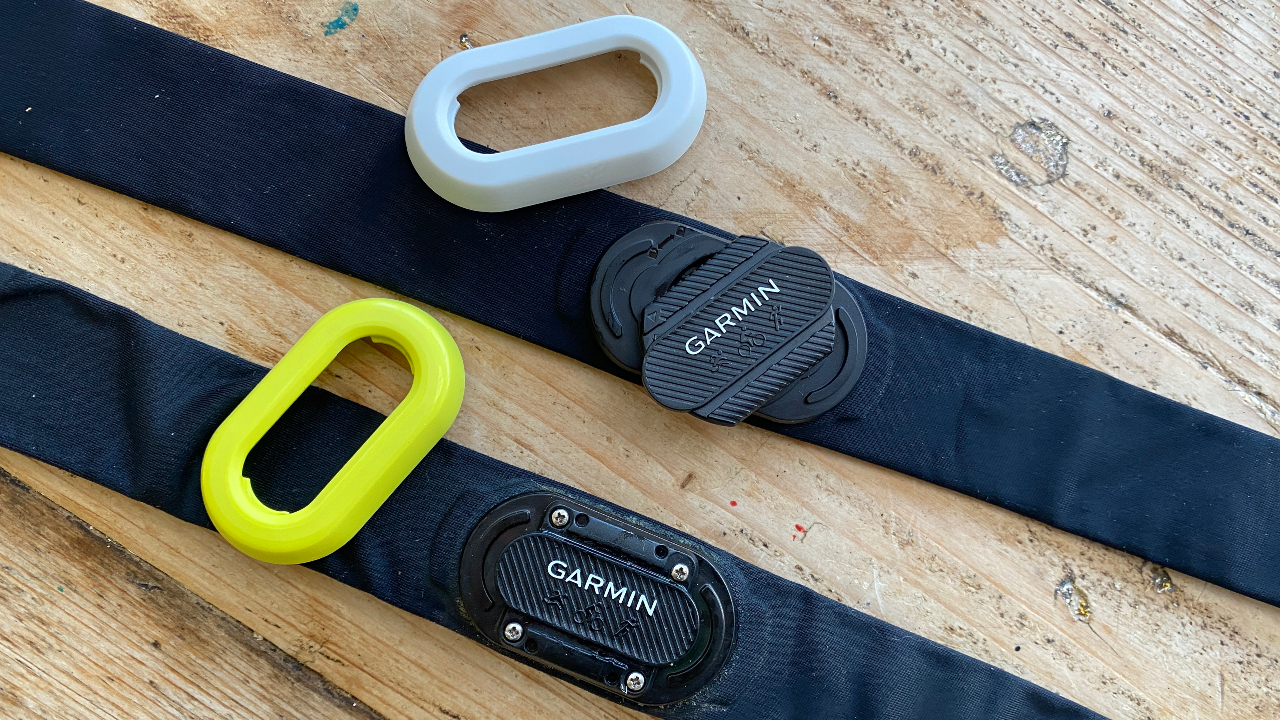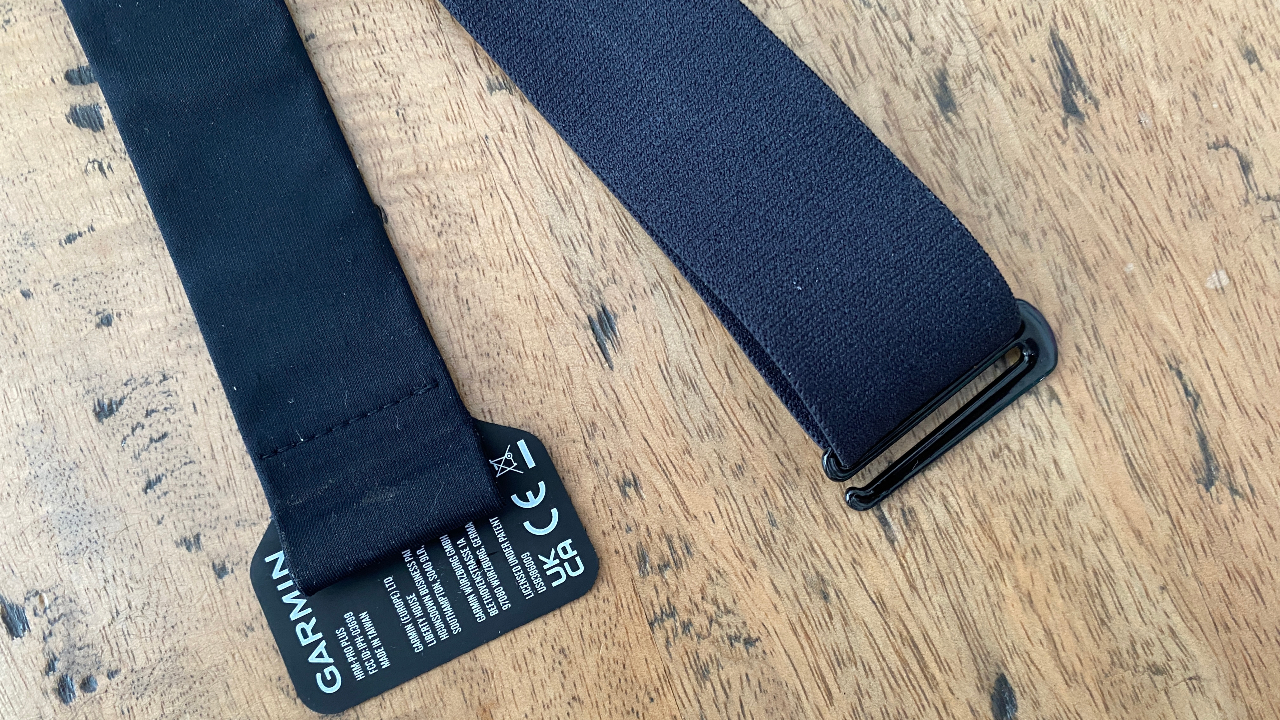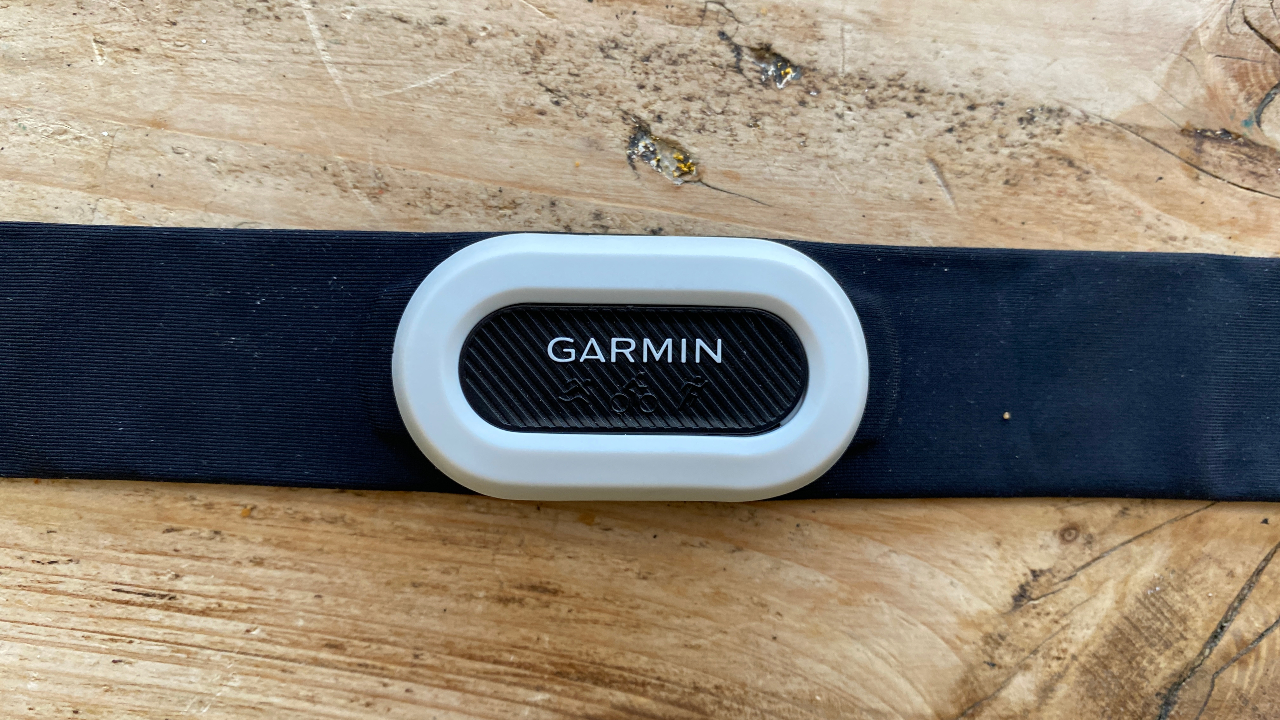Our Verdict
The Garmin HRM-Pro Plus is the best heart rate monitor available because of the advanced stats it offers runners in particular. The new design also means it’s easier to change the battery, and harder to break than the HRM-Pro. It is expensive, however, and you can find accurate heart rate monitors for a lot less.
For
- Comfortable to wear for long periods
- Accurate HR tracking
- Advanced running stats
- Can be used for swimming
Against
- Expensive
- Same software as HRM-Pro
You can trust Coach
On the face of it, there might seem little reason to upgrade to the Garmin HRM-Pro Plus over the HRM-Pro. The Pro is already one of the best heart rate monitors and the Plus offers exactly the same features in its software.
However, after using the HRM-Pro for more than a year I can tell you that the hardware upgrade on the Pro Plus is important, because it allows you to change the battery on the monitor without the need for tools. This is not only more convenient but also removes the risk of breaking the monitor while changing the battery, which was a problem for many users.
Garmin HRM-Pro Plus: Price And Availability
The HRM-Pro Plus is available now and costs $129.99 in the US and £119.99 in the UK, which is the same price as the HRM-Pro, though you can usually get the older model for around $100/£100.
Design
Unlike many heart rate monitors where the sensor clips into the strap, on the HRM-Pro Plus it’s built into it. The strap is fastened via a hook and you can lengthen or shorten it using the buckle. The size range spans from 23.5in (60cm) to 42in (106cm) and you can buy an extender to lengthen this to 56in (142cm).
The sensor differs from the one on the HRM-Pro in two ways. The first is that it has a white rubber covering instead of a yellow one. The second, and more important one, is that you can twist the battery compartment open on the Plus without needing tools, whereas there were four small screws that had to be undone on the Pro.
This was not only a pain – I never had the small screwdriver required to hand – it also risked breaking the HRM Pro, as I eventually did after the third battery change. This didn’t happen to everyone, of course, but it was a hardware flaw that’s evidently remedied by the update.

The HRM-Pro Plus uses a standard CR2032 coin battery and Garmin lists the battery life at 12 months if you train for an hour a day, the same as the HRM Pro. I trained a little more than an hour a day on average and needed to change the battery on the Pro every six to seven months.
You can swim with the HRM-Pro Plus since it has a waterproof rating of 5ATM, but the strap is not as wide or as adhesive as the one on the HRM-Swim monitor, so is more prone to being pushed loose when pushing off from the sides of a pool in particular. The HRM-Pro Plus connects to other devices via both Bluetooth and ANT+ and can store data from your swims internally to transmit to Garmin devices after you finish your workout.
Sports Performance
I run almost every day and I’ve worn the HRM-Pro Plus for all my runs and cycles since it arrived around a month ago. I also used the HRM-Pro for more than a year before it stopped working. The design of both straps makes them comfortable to wear for any length of time and they are easy to keep clean with occasional wipe-downs.
I can’t fault the HRM-Pro Plus’s heart rate accuracy, which hasn’t thrown up any noticeable errors in my time using it. It’s also reliable for finding different devices and connecting to them securely. I often run with two watches linked to the strap and I never have drop-outs.

That’s true of most heart rate monitors, though, and what sets the HRM-Pro Plus apart is the extra metrics it tracks. For runners these include a range of technique stats like ground contact time and vertical oscillation, which you can view live on compatible Garmin watches or see in the Garmin Connect app after your run. The stats are colour-coded so you can easily see what counts as “good”, as well.
The HRM-Pro Plus also measures your running power and transmits it live to compatible Garmin watches, and it can also measure your pace and distance when running indoors. This is calibrated using outdoor runs or on a treadmill and means the HRM-Pro Plus can replace a footpod to send your pace to apps like Zwift.
Both power and indoor pace/distance are new stats measured by the Pro Plus, but both are available on the Pro via a software update, so the only real upgrade here is the new battery compartment.
Is The Garmin HRM-Pro Plus Worth It?

If you already have the HRM-Pro and haven’t broken it with a battery change, then stick with that since there’s no significant update for you here. Similarly, if you find an HRM-Pro at a significant discount it may be worth grabbing instead of the Pro Plus (and then being careful when changing the battery).
Also, if you’re not a Garmin watch user there’s no point in getting the HRM-Pro Plus since most of its stand-out features work only with Garmin watches. Our advice is to look among the best budget heart rate monitors, like the Wahoo TICKR X or Polar H9 or H10, which give accurate heart rate data.
If you are a Garmin user, particularly a swimmer or triathlete or a runner who wants the advanced stats, then the HRM-Pro Plus is the best heart rate monitor on the market and worth investing in even at its high price. The new indoor running stats are also welcome since you won’t need a footpod now to get accurate pace and distance tracking when on a treadmill.
However, even for Garmin watch users, if you don’t care about the advanced stats and just want live heart rate during activities, then grabbing a cheaper heart rate monitor is the way to go.

Nick Harris-Fry is a journalist who has been covering health and fitness since 2015. Nick is an avid runner, covering 70-110km a week, which gives him ample opportunity to test a wide range of running shoes and running gear. He is also the chief tester for fitness trackers and running watches, treadmills and exercise bikes, and workout headphones.

